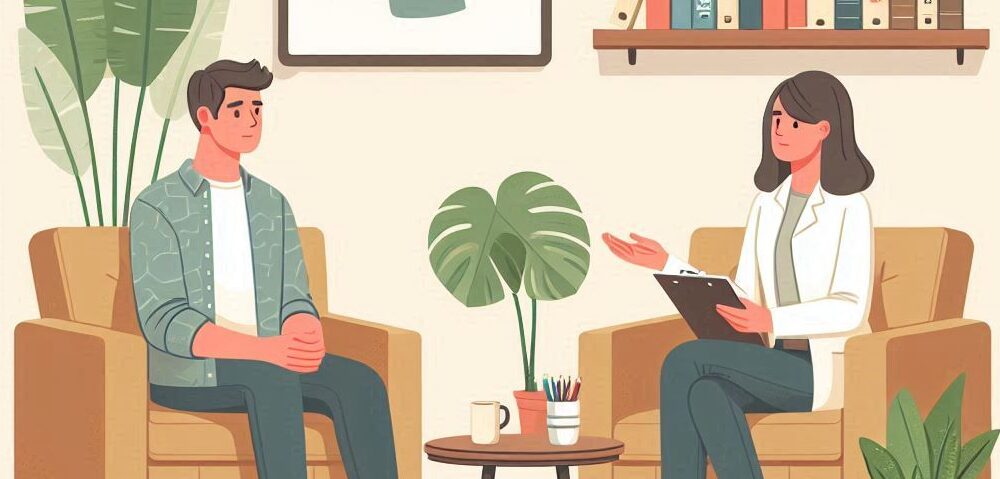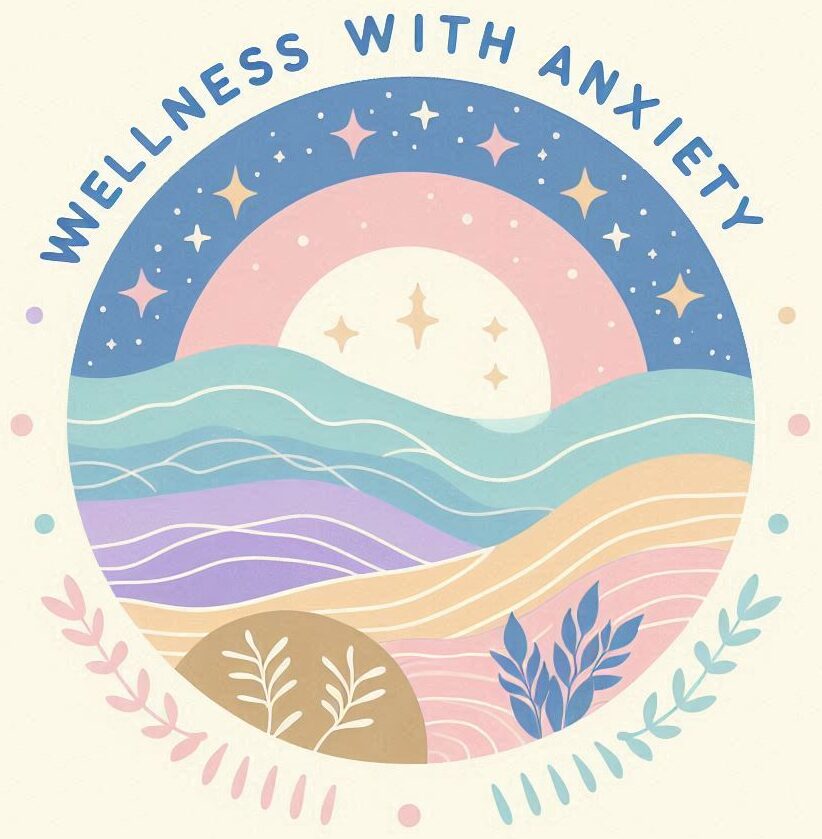 Exposure therapy is a type of cognitive-behavioral therapy (CBT) that involves gradual and controlled exposure to fear-inducing situations, objects, or thoughts. The goal? To help people confront and manage their fears, reducing the intense anxiety they typically feel in those scenarios.
Exposure therapy is a type of cognitive-behavioral therapy (CBT) that involves gradual and controlled exposure to fear-inducing situations, objects, or thoughts. The goal? To help people confront and manage their fears, reducing the intense anxiety they typically feel in those scenarios.
Phobias are extreme and irrational fears of specific objects or situations.
Whether it’s a fear of spiders, heights, flying, or even social situations, phobias can seriously disrupt daily life. Imagine being unable to drive because of a crippling fear of bridges or feeling sheer panic at the thought of taking an elevator. These constant stressors limit the ability to live a full, enjoyable life.
Exposure therapy has roots in behaviorism, a psychological approach that emphasizes observable behaviors and their modification.
Over time, exposure therapy has evolved, incorporating elements of cognitive therapy to address the thought patterns accompanying the behaviors. The approach has become more refined and evidence-based, offering real hope for those grappling with phobias.
Exposure therapy works by breaking the cycle of avoidance that reinforces fear.
By facing the fear in a controlled, safe environment, individuals learn that the anxiety associated with the phobic stimulus decreases over time. This process is known as habituation. Instead of running away from fear, the individual confronts it, making the fear lose its power gradually.
The impact of phobias on daily life can’t be overstated.
They can limit career opportunities, strain personal relationships, and negatively affect mental health. Understanding and addressing these fears through exposure therapy can lead to significant improvements in overall well-being and restoring a sense of control and freedom.
How Does Exposure Therapy Work for Phobias?
 Exposure therapy operates on the idea that gradually exposing yourself to your fear will help reduce the anxiety it induces. Think of it like easing into a cold pool rather than jumping in all at once. You start small, maybe just imagining the scary thing, and then, step by step, get closer to facing it in real life.
Exposure therapy operates on the idea that gradually exposing yourself to your fear will help reduce the anxiety it induces. Think of it like easing into a cold pool rather than jumping in all at once. You start small, maybe just imagining the scary thing, and then, step by step, get closer to facing it in real life.
Here’s how it plays out in practice.
Imagine someone with a fear of dogs. Initially, they might look at pictures of dogs. Once they’re comfortable with that, they might progress to watching videos of dogs. The next step could be seeing a dog from a distance, then being in the same room with a calm dog, and eventually, they might reach the point of petting a dog.
Assurance plays a big role here.
Knowing that the situation is safe helps reduce fear. Each successful step builds confidence and decreases the power the phobia holds. It’s not about eliminating fear entirely but about helping the person understand they can manage it.
On a psychological level, exposure therapy disrupts the association between the phobia trigger and the intense fear reaction.
Over time, the brain learns that the fear trigger (like dogs) isn’t actually dangerous. This rewiring of the brain helps diminish the automatic fear response.
Research supports the effectiveness of exposure therapy, but it’s not just scientific studies that confirm its value.
Real-life successes are common. Many individuals have transformed their lives and regained control by consistently applying the principles of exposure therapy.
Steps to Conduct Exposure Therapy Correctly
 Undergoing exposure therapy through the proper steps is the most important part in order to overcome the phobia without further emotional and mental distress.
Undergoing exposure therapy through the proper steps is the most important part in order to overcome the phobia without further emotional and mental distress.
1.) Finding the right therapist for you
Start by seeing a qualified therapist who can assess your phobia accurately. Identifying the specific fear and its triggers is crucial for creating an effective plan.
2.) Create a hierarchy of fear-inducing stimuli
Imagine ranking situations from least to most anxiety-provoking. This step-by-step approach ensures you don’t overwhelm yourself. It’s important to be honest with yourself about what triggers the most anxiety.
3.) Begin with the least frightening item on your list
Gradual exposure is key. If you’re scared of heights, you might start by standing on a low step, and only move to higher vantage points as your comfort level increases.
4.) Remember to breathe
Practice relaxation techniques, like deep breathing or mindfulness, alongside exposure. These skills help manage the anxiety that arises during the process.
5.) Keep a journal to track your progress
Writing down your experiences, challenges, and achievements can be motivating. Plus, it’s a great way to see how far you’ve come.
What to Expect with Exposure Therapy
 Exposure therapy can be prolonged (lasting about 3 months, with 8 to 15 weekly sessions lasting 1 to 2 hours), intensive (shorter but more frequent sessions, weekly or daily), and flooding (typically one intense session but could be separated into multiple sessions). Exposure therapy is all about individual needs and many factors are taken into account when selecting the right therapy for you, including but not limited to patient tolerance, medical history, and mental health condition.
Exposure therapy can be prolonged (lasting about 3 months, with 8 to 15 weekly sessions lasting 1 to 2 hours), intensive (shorter but more frequent sessions, weekly or daily), and flooding (typically one intense session but could be separated into multiple sessions). Exposure therapy is all about individual needs and many factors are taken into account when selecting the right therapy for you, including but not limited to patient tolerance, medical history, and mental health condition.
Therapy sessions often include ‘imaginal exposure’, especially early on.
This involves visualizing the fear-inducing scenario in detail, which can be an easier starting point for many people.
Safety is paramount.
Never force exposure if it feels too overwhelming. Therapy should feel challenging but not impossible. If you’re doing this without a therapist, it’s crucial to listen to your own limits.
Consistency is key.
Regular, repeated exposure is necessary for therapy to be effective. It’s like building a muscle; it strengthens with consistent effort.
Involvement of a therapist is highly recommended.
They offer guidance, ensure you’re progressing safely, and provide support when needed. Self-guided exposure is possible but can be tricky without professional help.
Lastly, understand that setbacks are normal.
Progress isn’t always linear, and that’s okay. What’s important is sticking with it and celebrating small victories along the way.
The Role of Virtual Exposure Therapy in Treating Phobias
 Virtual reality (VR) is changing the game in exposure therapy, offering a unique way to tackle phobias. By immersing oneself in a controlled virtual environment, individuals can confront their fears without facing real-world risks.
Virtual reality (VR) is changing the game in exposure therapy, offering a unique way to tackle phobias. By immersing oneself in a controlled virtual environment, individuals can confront their fears without facing real-world risks.
One major advantage of VR exposure therapy is its flexibility and safety.
Say you’re terrified of flying. Strapping into a real airplane might be too much, but a VR setup can simulate the experience in a perfectly safe setting. This way, you can ease into it at your own pace without ever leaving the ground.
Another benefit is the ability to replicate situations that are hard to reproduce in real life.
Fear of thunderstorms, heights, or crowded places can be simulated accurately with VR, offering a consistent and repeatable way to practice facing these fears.
Comparing traditional exposure therapy to VR, the latter allows for a more immersive and controlled experience.
While both methods aim for the same end goal, VR can sometimes offer a more engaging way to confront fears. For instance, adjusting scenarios in real-time to suit the person’s comfort level enhances the overall effectiveness of the therapy.
Notably, VR exposure therapy isn’t a replacement for traditional methods but rather an extension. It’s often used alongside conventional therapy techniques to provide a comprehensive treatment plan. Given its innovative nature, VR therapy might not be accessible to everyone just yet, but its growing popularity is opening new doors for those seeking help.
Common Limitations and Challenges of Exposure Therapy
 Exposure therapy, while effective, isn’t without its challenges.
Exposure therapy, while effective, isn’t without its challenges.
One common limitation is the potential for overwhelming anxiety.
If not carefully managed, exposure can sometimes backfire, leading to increased fear instead of reduced anxiety.
Another challenge is the need for consistent practice.
Exposure therapy requires regular, repeated efforts. This level of commitment can be tough for some people, especially when daily life gets in the way. Consistency is key to reaping the benefits, and interruptions in the process can hinder progress.
Personal readiness and motivation are critical.
If someone isn’t fully ready to face their fears, they might not benefit as much from the therapy. It’s essential to have a strong support system and to work at a pace that feels right.
Access to professional guidance is another barrier.
Not everyone has easy access to a qualified therapist who can guide them through the process. Self-guided exposure is an option, but it lacks the structure and safety net that a professional can provide.
Lastly, certain phobias can be harder to address using exposure therapy.
For example, phobias involving specific social situations might require a different approach or additional therapeutic techniques to see significant improvements.
Despite these challenges, the overall benefits of exposure therapy make it worth considering. Equipped with understanding and preparation, many can navigate these challenges effectively and achieve meaningful progress in managing their phobias.
